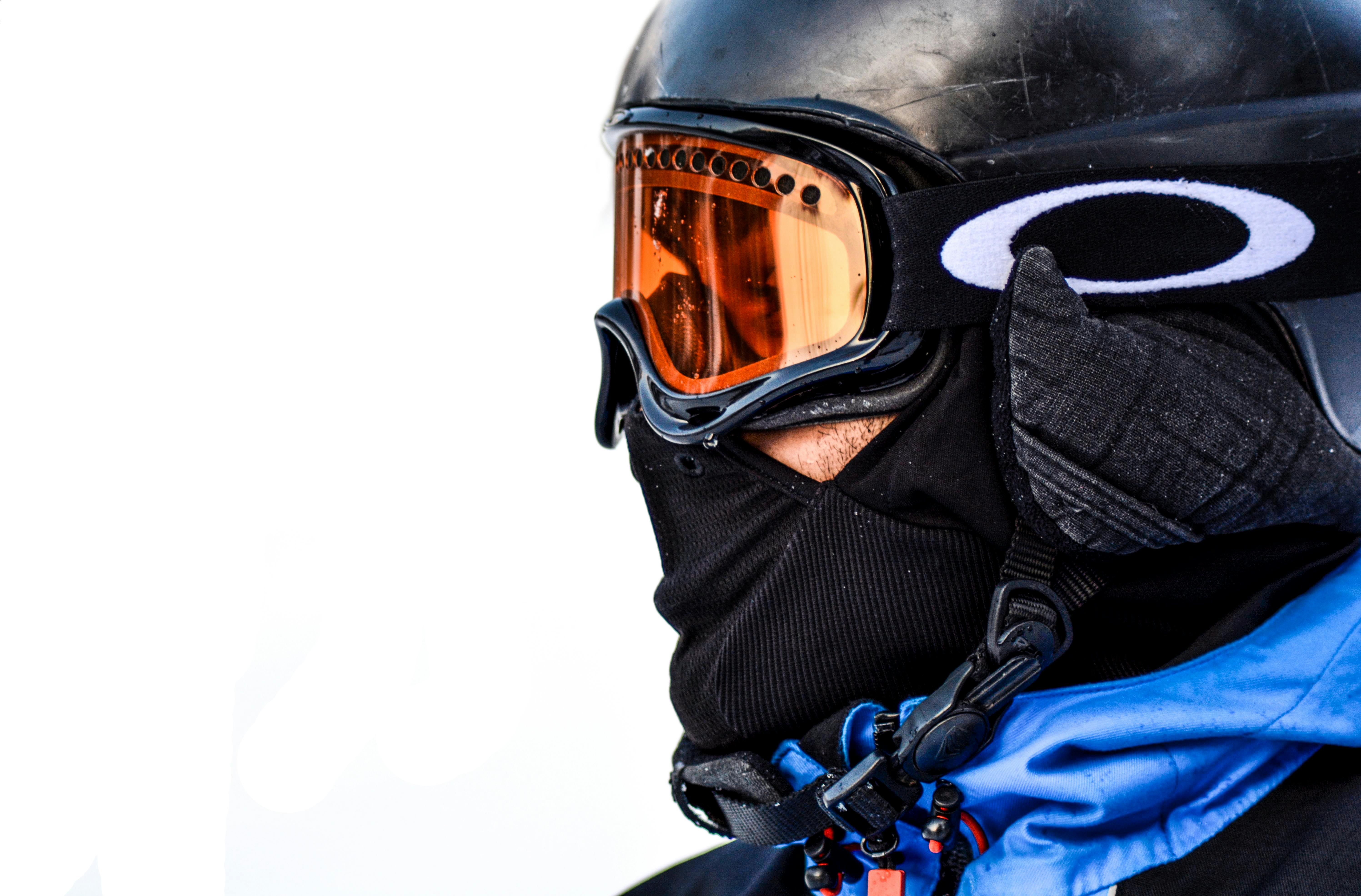Ski Clothing and Helmets: Winter Sport Clothing Guide
Choosing appropriate ski clothing and helmets is essential for comfort, safety, and performance on the slopes. Proper outerwear manages moisture and temperature, while helmets and protective accessories reduce injury risk and improve confidence. This guide covers the key elements to consider when selecting a ski jacket, helmet, layering system, and complementary gear, with practical tips for fit, materials, and maintenance. Whether you’re new to skiing or refining your kit, understanding these basics helps you stay warm, dry, and protected across varied winter conditions.

What to look for in a ski jacket
A ski jacket should balance insulation, waterproofing, breathability, and mobility. Look for a durable outer fabric with a waterproof rating (measured in millimeters) and taped seams to prevent water ingress. Breathability ratings and ventilation zips help manage sweat during active skiing, while adjustable cuffs, hem, and a snow skirt keep snow out. Consider targeted insulation: synthetic insulation handles moisture better, while down provides superior warmth-to-weight in dry conditions. Functional features like helmet-compatible hoods, lift-pass pockets, and reinforced cuffs add convenience. Proper layering compatibility with underlayers will improve comfort in changing winter weather.
How to choose a skiing helmet
A helmet should fit snugly without pressure points and sit level on your head, covering the forehead and not tilting backward. Look for multi-impact certifications relevant in your region and adjustable fit systems to fine-tune the fit. Ventilation and removable liners increase comfort and hygiene; audio- or goggle-compatible designs can be practical for some skiers. Remember that helmets have a lifespan—materials degrade over time or after impacts—so check manufacturer guidance for replacement intervals. This article is for informational purposes only and should not be considered medical advice. Please consult a qualified healthcare professional for personalized guidance and treatment.
Layering for winter skiing
Layering creates a flexible system to regulate temperature and moisture. Start with a moisture-wicking base layer to move sweat away from skin, then add a midlayer for insulation—fleece or synthetic blends are common—and finish with a waterproof, breathable shell jacket. Adjust layers based on exertion level and weather; remove or add midlayers to avoid overheating or chilling. Avoid cotton next to skin because it retains moisture and reduces insulation. Accessories such as neck gaiters, thin face masks, and insulated socks broaden the system’s adaptability for unpredictable winter conditions and varying terrain while skiing.
Footwear and gloves for the sport
Ski boots, gloves, and socks directly affect control and comfort. Boots must be correctly sized and compatible with bindings—professional boot fitting improves performance and reduces pain. Ski-specific socks are thin, breathable, and provide cushioning in critical areas. Gloves or mittens should combine warmth and dexterity; waterproof membranes and insulated liners maintain warmth in wet and cold snow. Consider glove liners for added insulation and touchscreen compatibility. Regularly inspect soles, buckles, and glove seams for wear; damaged components can compromise warmth or safety during extended winter outings.
Fit and maintenance for ski gear
Fit is critical for both clothing and helmets: a well-fitting jacket allows range of motion without excess bulk, and helmets must be snug for protection. Maintain gear by rinsing salt and soot from jacket zippers and reapplying DWR (durable water repellent) coatings when water no longer beads. Clean helmets with mild soap, air-dry liners, and avoid chemical cleaners that damage helmet foam or shell. Store gear dry and away from direct sunlight to preserve materials. Regularly check for compromised insulation, worn seams, or damaged protective elements, and replace items according to manufacturer guidance for safety and performance.
Conclusion
Selecting suitable ski clothing and helmets involves balancing protection, warmth, and mobility for varied winter conditions. Prioritize proper fit, appropriate materials for moisture management, and features that match your skiing style. Routine maintenance extends the life and performance of garments and protective gear, while timely replacement of worn or impacted helmets preserves safety. Thoughtful choices in jackets, layering, helmets, and accessories help support comfort and reduce risk on the slopes, creating better conditions for enjoying the sport.






